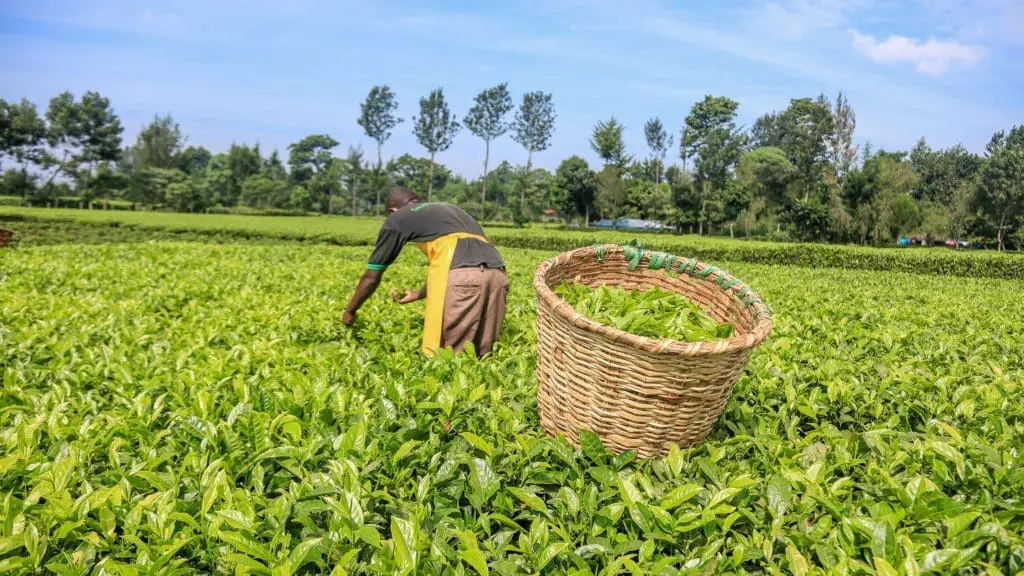
KENYA – Kenya’s tea export volumes soared by 20.8% in the first ten months of 2024, reaching 500.8 million kilograms compared to 414.5 million kilograms during the same period in 2023, according to the Tea Board of Kenya (TBK).
The increase in exports, fueled by robust demand from major global markets, led to a significant rise in revenue. Kenya earned KES 155 billion (US$1.19 billion) in tea export revenue, up from US$1.09 billion in 2023. The TBK attributed this growth to increased export volumes and a stable exchange rate.
On average, Kenya generated US$199 million per month in tea export earnings, positioning the country to surpass the US$1.39 billion recorded in 2023. Favorable weather conditions also played a role, boosting domestic tea production by 7% in 2024.
Kenya’s top tea export markets included Pakistan, Egypt, the United Arab Emirates (UAE), Russia, and Sudan. Despite Africa remaining the largest contributor to Kenya’s total export earnings at 39.6%, exports to key African markets such as Egypt, Tanzania, Burundi, and South Sudan fell by 5.2%.
Conversely, exports to Asia surged to KES 79.3 billion (US$612.8 million), driven by re-exports of kerosene-type jet fuel to the UAE and pigeon peas to India. Revenue from the United States also saw remarkable growth, rising by 46.8% to KES 26.2 billion (US$202.5 million), fueled by increased exports of apparel and re-exports of jet fuel.
However, export earnings from the European Union declined slightly to US$293.7 million due to reduced exports of cut flowers.
Deputy President Kithure Kindiki is spearheading discussions on tea sector reforms and exploring strategies to penetrate new export markets. The government has supported the tea industry through measures such as subsidized fertilizer, value addition facilities, and efforts to access international markets. These initiatives have played a critical role in the sector’s sustained growth.